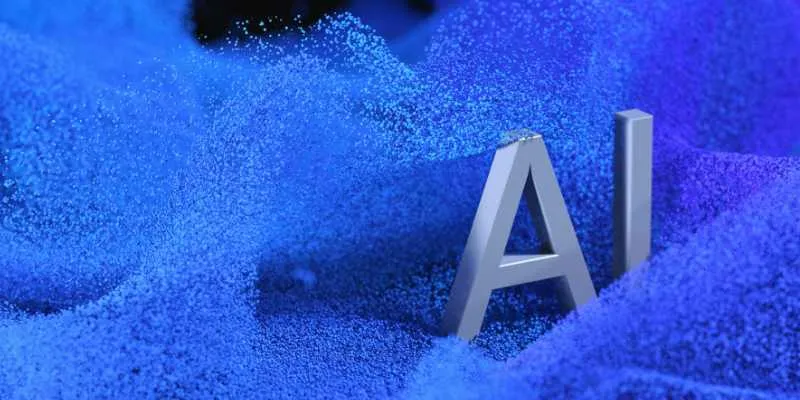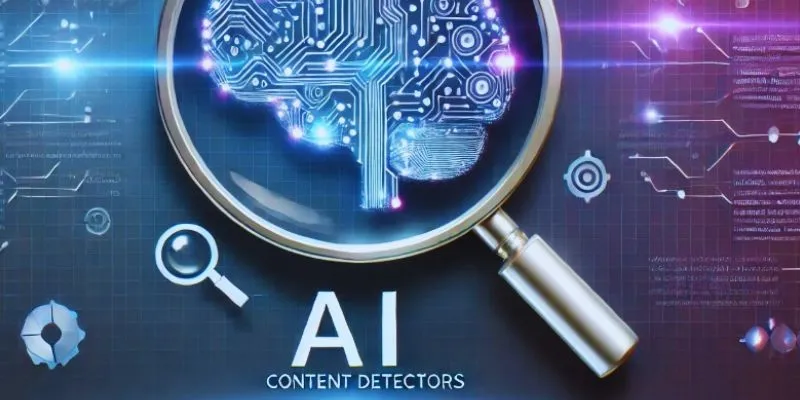Technology is advancing rapidly, with machine learning playing a key role. However, building a model isn’t enough—it must be managed, monitored, and improved. That’s where MLOps comes in. Combining machine learning, DevOps, and data engineering, MLOps helps teams streamline the development, deployment, and maintenance of models for greater efficiency and effectiveness.
What is Machine Learning Operations (MLOps)?
 Organizations
use Machine Learning Operations (MLOps) to manage machine learning models from
development until retirement. MLOps integrates development and deployment
activities to create models that function properly across real-life
environments through design, building, deployment, monitoring, and updates.
MLOps develops an efficient processing system that connects machine learning
product development to operational deployment needs.
Organizations
use Machine Learning Operations (MLOps) to manage machine learning models from
development until retirement. MLOps integrates development and deployment
activities to create models that function properly across real-life
environments through design, building, deployment, monitoring, and updates.
MLOps develops an efficient processing system that connects machine learning
product development to operational deployment needs.
The operations control system for machine learning models shares similarities with DevOps but focuses on managing artificial intelligence systems. MLOps is akin to DevOps because it establishes combined efforts between machine learning engineers and operations experts to achieve more efficient AI delivery.
Why is MLOps Important?
A machine learning model will fail even when it contains excellent input if inadequate operational management exists. MLOps serves several critical purposes for organizations because of the following main factors:
Reliable Deployment
MLOps enables teams to deliver machine learning models through reliable deployments while eliminating human mistakes. The models demonstrate efficient performance when implemented in real-life operations.
Scalability
The expansion of businesses leads to growth in data storage and user numbers. MLOps provides machine learning systems with capabilities to grow without difficulty when handling increased database sizes and numbers of users.
Faster Development
With MLOps, teams can move faster from model development to deployment. This speed is important in today’s competitive environment.
Better Monitoring
MLOps allows teams to monitor model performance and detect any problems quickly. This ensures that the models remain accurate and useful.
Key Components of MLOps
MLOps includes several important components that work together to support machine learning models.
Model Development
In this phase, data scientists build and train machine learning models. They use historical data to create models that can predict future outcomes.
Model Testing and Validation
Before deploying a model, it must be tested and validated. This ensures the model makes accurate predictions and works well with new data.
Model Deployment
Deployment is the process of moving a model from development into a live environment where real users and systems can use it.
Monitoring and Maintenance
After deployment, the model must be monitored to check for any performance issues. If the model’s accuracy drops, it may need retraining.
MLOps vs DevOps: What’s the Difference?
Many people confuse MLOps with DevOps, but they are different. DevOps focuses on traditional software development, while MLOps is about machine learning models. Here are some key differences:
- Focus Area : DevOps focuses on code, MLOps focuses on models.
- Data Handling : MLOps must handle constant data changes, while DevOps deals mainly with application updates.
- Performance Monitoring : MLOps requires monitoring not only system performance but also model performance.
Understanding these differences helps teams apply the right practices for machine learning projects.
Benefits of Using MLOps
Using MLOps can bring many advantages to businesses and organizations working with AI, helping them streamline processes and maximize the value of machine learning.
- Improved Collaboration : MLOps encourages better teamwork between data scientists, machine learning engineers, and IT operations teams, ensuring everyone is aligned and working efficiently.
- Increased Model Accuracy : Regular monitoring and updates help maintain high model accuracy over time, even as new data comes in, allowing organizations to make better decisions.
- Faster Time to Market : With automation and clear workflows, businesses can bring machine learning products to market faster, keeping them ahead of competitors.
Common Challenges in MLOps
While MLOps provides numerous advantages, there are also challenges that organizations need to address to ensure its effective implementation.
Data Drift
Over time, the data used by machine learning models can change due to shifting trends, new patterns, or changes in the environment. If the model is not regularly updated to reflect these changes, its performance and accuracy will decline. Addressing data drift requires constant monitoring and retraining of models to keep them relevant.
Model Drift
Even if the data remains consistent, a machine learning model’s predictions can become less accurate over time due to subtle changes in the underlying patterns or other external factors. This phenomenon, known as model drift, highlights the importance of ongoing evaluation and adjustments to ensure the model continues to perform reliably.
Complex Systems
Managing machine learning models is a multifaceted process that involves various tools, workflows, and collaboration between multiple teams such as data scientists, engineers, and operations. This complexity can lead to inefficiencies in deployment, monitoring, and scaling, making it challenging to create a seamless system.
Lack of Standardization
The field of MLOps is still evolving, and there is no universally accepted standard for its implementation. Different teams may rely on diverse tools, frameworks, and processes, which can create inconsistencies and make collaboration across teams more difficult. Establishing best practices and standardized workflows is essential for smoother operations.
Best Practices for Successful MLOps
To maximize the benefits of MLOps, teams should follow key practices to ensure efficiency, reliability, and scalability in their workflows.
Automate Key Processes
Automation is central to MLOps. Automating tasks like testing, deployment, and monitoring reduces human error and speeds up workflows. For example, automated testing ensures models perform as expected before deployment, while deployment pipelines simplify moving models to production. Continuous monitoring ensures models stay functional and efficient, even in changing environments.
Monitor Models Continuously
Consistent model performance is crucial for reliable results. Teams should set up monitoring systems to track metrics like accuracy, latency, and data drift. Automated alerts can notify teams of performance drops, enabling quick intervention to retrain or update models.
Use Version Control
Version control is vital for managing the complexity of machine learning projects. Tracking versions of models, code, and data simplifies collaboration and allows easy rollbacks if needed. It also improves auditability, making it easier to trace changes and their impact.
Foster Team Collaboration
Successful MLOps depends on collaboration between data scientists, developers, and operations teams. Clear communication and shared goals help everyone stay aligned. Tools for collaboration, regular stand-ups, and a culture of openness can strengthen teamwork.
Tools Commonly Used in MLOps
Several tools are popular for building effective MLOps workflows.
- TensorFlow Extended (TFX) : For building production-ready ML pipelines.
- MLflow : For managing the lifecycle of machine learning models.
- Kubeflow : For deploying ML models on Kubernetes.
- Airflow : For managing complex workflows and pipelines.
Using the right tools helps make MLOps easier and more effective.
The Future of MLOps
 MLOps
is still evolving, but it is clear that it will play a significant role in the
future of AI and machine learning. As machine learning becomes more common,
the need for good operations will grow. In the coming years, expect to see:
MLOps
is still evolving, but it is clear that it will play a significant role in the
future of AI and machine learning. As machine learning becomes more common,
the need for good operations will grow. In the coming years, expect to see:
- More automation and smarter monitoring tools.
- Standardization of MLOps practices.
- Greater focus on security and ethics in machine learning operations.
Businesses that invest in strong MLOps practices today will be better prepared for the future.
Conclusion
Machine Learning Operations (MLOps) is essential for managing the full lifecycle of machine learning models. It connects model development with real- world deployment, helping teams build reliable, scalable, and efficient AI systems. By following best practices and using the right tools, businesses can get the most out of their machine learning investments. As technology evolves, MLOps will become even more important, shaping the future of AI and how we use it in everyday life.
 zfn9
zfn9






















